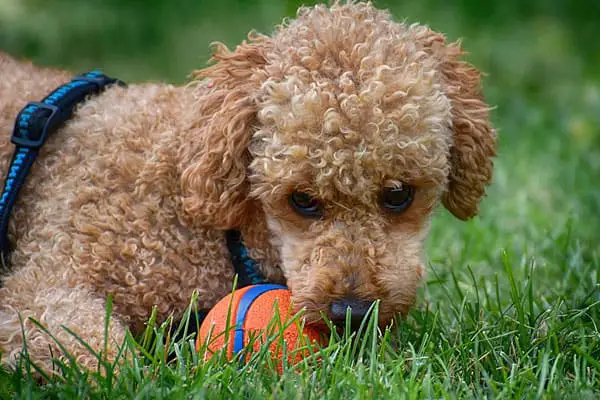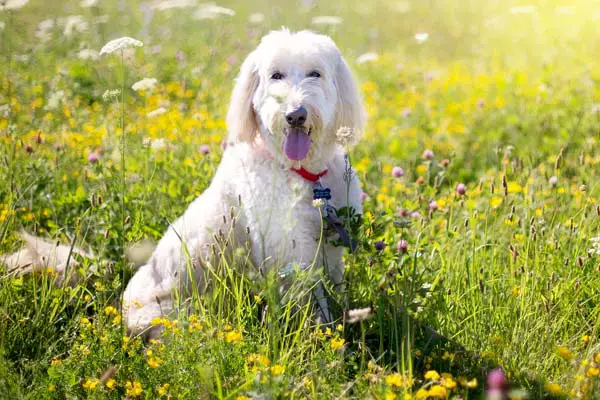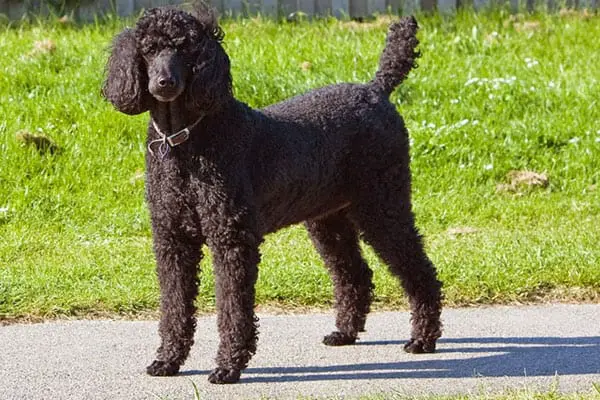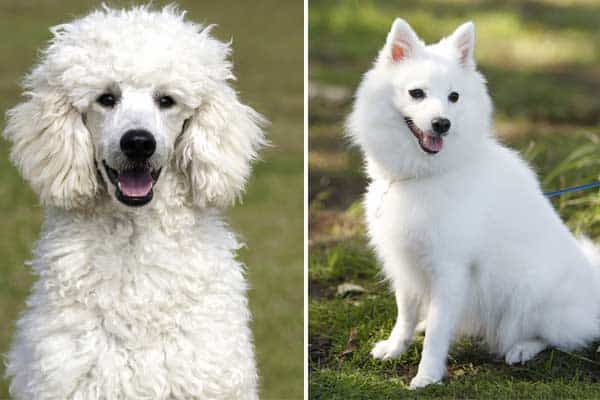Do Poodles Have Dew Claws? Essential Facts Every Owner Should Know!

Have you ever wondered if Poodles have dew claws? Dew claws are the smaller toes located higher up on a dog’s paw, serving various purposes. In the case of Poodles, most of them do have dew claws, but the number and location can vary depending on the size and breed.
Understanding the significance of dew claws in dogs and the ongoing debate surrounding their removal can illuminate this intriguing topic.
In this article, we will delve into the world of Poodle dew claws, exploring their function, the two types present, reasons for removal, and whether it is necessary. Join us as we uncover the mysteries surrounding Poodle dew claws and the choices that dog owners face.
Do Poodles Have Dew Claws?
Most Poodles do have dewclaws. Most standard Poodles typically have only four toes and one dewclaw on the front paws. Some Poodles do have dewclaws on all four paws, however. In most cases, miniature and toy Poodles also have dewclaws on the front paws only.
What Are Dew Claws?
As PetMD explains, dew claws are smaller toes located higher up on the dog’s paw – more at the level of the hock or ankle.
By the way, if you see “dewclaw” spelled “dewclaw,” this is the same part of the dog’s anatomy being referred to.
Not all dog breeds have dewclaws. Some dog breeds, such as Poodles, typically only have dewclaws on their front paws. Some breeds only have dewclaws on their back paws. Some dog breeds have one dewclaw on each paw.
And some dog breeds even have double dewclaws (the Great Pyrenees is an excellent example of a dog that has this rare trait).
The reason why there is no uniformity when it comes to the number of dewclaws a dog breed may have (or even if there are dewclaws present at all) boils down to the reason that dog was bred and which dog breeds were used to develop the breed.
What Are Poodle Dew Claws Used For?
As canine expert Stanley Coren, Ph.D., points out in Psychology Today, dew claws even exist on modern domestic dogs because dogs descended from cats back in the evolutionary lineage!
Or, instead, the modern dog can be traced back to an ancient, now-instinct, feline-like animal called miacis that loved to climb trees and had a fifth digit – not unlike the human thumb – that helped grasp the tree while climbing it.
This digit survived in most dog breeds and is now called the dewclaw.
This essentially means that the dewclaw is like a dog thumb (or a big toe on the human foot). So why would anyone want to cut off a dog’s thumbs? We will talk about that divisive topic in the next section here.
But first, it helps to know how dogs use their thumbs and big toes.
As Walkerville Veterinary Clinic explains, dogs use their dew claws in three main ways.
Running
While seeing this from a bystander’s perspective is pretty hard, dogs use their dew claws while running, particularly at higher speeds.
When an athletic dog breed like the Poodle gets going and starts to run at higher speeds, the hock will bend to the point where the dewclaw touches the ground. This helps with stability as well as traction.
Gripping
If you have ever watched a Poodle gripping a favorite toy or treat, you may have noticed how the paw curved around it slightly.
The Poodle uses the front dewclaw to hold and grip things, whether a toy, a treat, a prey, or something else.
Climbing
Some dog breeds retain the ability (or at least the inclination) to climb. Trees, fences, any structure with a squirrel in it….all are fair game to be climbed.
Dogs that climb will use their dew claws to grip in a way that is likely not dissimilar to how their ancient miacis ancestor used theirs!
What Are the Two Types of Dew Claws?
To understand why dewclaws are often removed on young Poodle puppies, it helps first to understand that there are two basic kinds of dewclaws.
Bone-attached dewclaws
The first type of dew claw is the kind that Poodles generally have – the bone-attached dewclaws.
In general, when a dewclaw is present on the front paws, it will most likely be the bone-attached type of dewclaw.
This type of dewclaw is still considered to be a functional digit. It has the same basic internal structure as the dog’s other four toes, with an exterior nail and an interior set of bones linking it to the dog’s paw, hock, and leg bones.
Skin-attached dewclaws
A second kind of dewclaw is less common and typically only shows up in dogs with rear dewclaws (or double rear dewclaws).
This type of dewclaw no longer has the internal structure that connects it back to the paw, hock, and leg bones.
Instead, this type of dewclaw is simply a flap of skin attached to the skin of the leg.
Why Are Poodle Dew Claws Sometimes Removed?
Dewclaw removal is done for a variety of reasons. As mentioned earlier, breeders sometimes remove the dewclaws to conform to an appearance standard.
More commonly today, breeders or owners choose to remove dewclaws out of fear that they will cause the dog to become injured. This is more likely to happen if the dewclaw is the second type only attached to the leg by a skin flap.
These dewclaws are considered less functional and valuable to the dog and could conceivably get caught on something and torn off, which might cause pain and infection.
Because dewclaw removal is not yet illegal in the United States, it often boils down to personal choice whether the procedure is done, which is a big responsibility of the human being making that choice.
Since Poodles that have dewclaws generally have the first type of dewclaw – the type that is a viable digit connected by bone to the paw itself – the consensus among many people now is to leave the dewclaw in place.
Should Poodle Dew Claws Be Removed?
This is the most challenging and controversial aspect of commercial dog breeding and showing the world to deal with today.
It is important to remember that any invasive (incision-based) medical procedure always comes with some amount of risk.
No procedure should ever be done without sterile conditions, anesthesia, and post-procedure pain medication.
And suppose there is no medical need (such as an injury or infection) that requires the dewclaws to be removed. In that case, increasingly, many veterinarians are advocating that they are allowed to remain on the dog’s paws.
If a Poodle Does Not Have Dew Claws, Will They Be Okay?
Sometimes you may get your Poodle puppy from a breeder, and that breeder will have already chosen to remove the dewclaws in the first few days of life (usually when the tail is docked).
After reading this article, you may wonder if your Poodle will be disadvantaged because they are growing up without dewclaws.
Your Poodle will be just fine without their dew claws (and truthfully, won’t realize they are missing).
Dogs can adapt to life without dewclaws quite well since most dogs do not have job descriptions requiring them to run flat out at high speed for long distances or climb trees.
Understanding the evolutionary history and present-day purpose of canine dewclaws can help you better understand what it is like to stand in your Poodle’s paws. It can also help you decide whether to leave or remove dewclaws.
Watch a Dew Claw Removal on a Toy Poodle Puppy
This short video shows you the procedure of removing the dewclaws on a toy Poodle puppy. You will notice the breeder also elects to dock (cut off) the tail during the procedure. This is traditional because it complies with the appearance guidelines outlined in the Poodle official purebred dog breed standard.
However, the American Veterinary Medical Association (AVMA) opposes tail docking and strongly recommends against it. In some states, the procedure is regulated or outlawed.
No states have imposed any regulations regarding canine dewclaw removal at the time of publication.






